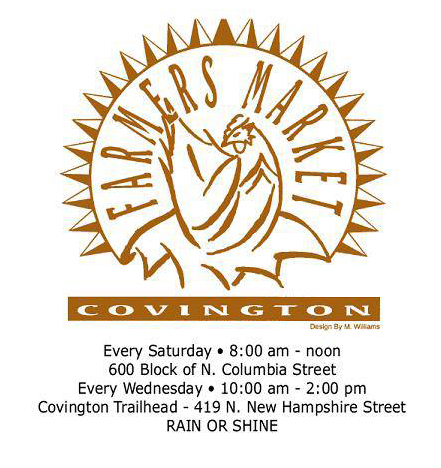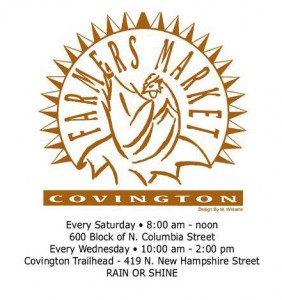The nation’s housing industry and the economy have just about seen the worst of the painful downturn that greatly intensified since last September’s turmoil in the financial markets, according to economists speaking on April 23 at NAHB’s Construction Forecast Conference.
And despite a continuation of rising unemployment well into next year, although at a slowing pace, housing in this year’s second half is expected to begin gradually leading the economy to higher ground, they said.
“There’s a lot of skepticism out there. This is a very deep hole we’re in,” acknowledged NAHB Chief Economist David Crowe. But he said thereare several reasons to believe that “the housing recession is nearing an end and housing will return on a very slow basis.”
Crowe said that new single-family home sales probably reached their trough in the first quarter of this year, hitting a record low of 320,000 on a seasonally adjusted annual basis, down from about 1.2 million at their peak.
Sales for 2009 are projected to total 364,000, he said, 24% below the 2008 level, and then climb 48% next year to 539,000.
The onset of a recovery in single-family housing starts should trail closely behind sales, with production hitting its cyclical low in the current business quarter at an annual rate of 330,000.
About 360,000 single-family homes are expected to be started this year, he said, a 42% decline from 2008, which will be followed by a 45% rise to 523,000 units in 2010.
Battered even more severely than single-family builders by the shrinking availability of acquisition, development and construction (AD&C) financing, multifamily starts are not expected to show signs of recovery until next year, bottoming out in the third or fourth quarter at a seasonally adjusted annual rate of 110,000, he said.
According to NAHB’s forecast, multifamily production will total 130,000 units this year, which would be 55% below last year’s level, and slow 3% further in 2010, to a total of 126,000 units.
Crowe indicated that housing markets are now struggling in all parts of the country as the result of the deepening slump in the overall economy and job losses that have escalated to above the 600,000 level in recent months.
However, he said, prime conventional conforming home mortgage interest rates, which are now at a generational low of roughly 4.75% — along with low home prices and the $8,000 first-time home buyer tax credit — have greatly improved housing affordability, generating a notable increase in prospective home buyer traffic that should begin translating into a pickup in sales.
Moving forward, the housing market should derive strength from pent-up demand and demographics, which hold the potential for strong household growth. Annual household formations are forecasted to average 1.532 million for the period of 2009 to 2013, compared to an average of 1.247 during 2004 to 2008. Providing “an extra push” will be the echo boom generation, the children of the post-World War II baby boom, the oldest of which are now in their late 20s, he said.
Following a 6.3% decline in real growth in the gross domestic product in the fourth quarter of 2008, the worst since the early 1980s, deterioration in this year’s first quarter should be almost as bad, Crowe said, with a drop in GDP of about 5.2%. The current quarter should show that “some of the worst is past,” he said, with a decline in growth of perhaps something just above 1%, demonstrating that consumers are slowly coming back to life and paving the way for a return to positive territory in the following quarters.
Housing a Leading Indicator
“It’s not going to be much of a recovery at all, but some recovery is better than no recovery,” said Maury Harris, managing director and chief U.S. economist at UBS Investment Bank.
As a result of the massive fiscal stimulus package that is now making its way through the economy, a gradually waning credit crunch and the nation’s household savings rate stabilizing at a higher level, Harris said he was projecting 2% positive GDP grown in this year’s third quarter, followed by 2.5% growth in the fourth quarter and 2.2% growth in 2010.
Harris said that the unemployment rate should peak at 9.3% in the fourth quarter of this year before subsiding gradually in 2010, but “you can get a turnaround in housing before employment improvement.” Unemployment typically continues to rise for a period of time after the economy returns to growth.
“Housing is a leading indicator,” he said. “Sales turn up before unemployment peaks….You don’t have to get a big share of the population enthusiastic [about buying a home] before there is a housing upturn.”
He added that all of the major housing price indexes are overstating the decline in the value of housing. The Case Shiller House Price Index, for example, “which gets all the attention,” now has prices on average down 28% from their peak and is likely to hit bottom at the end of the year showing a 33% erosion. The index, however, is “skewed to areas with a lot of foreclosures,” he said.
Sales transaction indexes aren’t providing an accurate picture of “what’s really happening to real estate wealth,” he said, because 45% of existing home sales currently are foreclosures that are not typical of the existing housing stock.
Harris forecasted 530,000 total housing starts this year, followed by production of 720,000 units next year, but he said there was a risk that the AD&C credit crunch, particularly among smaller builders, could result in lower numbers if lending fails to sufficiently ease.
The credit crunch won’t end overnight, he said, “but it is a question of degree and starts to be ameliorated.” UBS analysis of bank lending standards, based on data from the Federal Reserve’s Senior Loan Office Opinion Survey, showed that the share of banks tightening standards on business and household loans started declining early this year, although tightening continued to be more pervasive than at any point in the last two recessions.
Harris added that he was in disagreement with those who forecast that further increases in household savings rates this year will prolong the recession. The savings rate climbed from roughly 0% in 2008 to under 5% now, he said, and “if it goes up to 10% to 11%, kiss the recovery goodbye this year.”
Although savings rose to that level in bad recessions 25 to 30 years ago, he said, “people already have saved more money” and savings will average 6% this year because low interest rates are not especially encouraging and, despite setbacks, Americans continue to have sizable amounts of wealth in their housing and financial holdings.
A Transition to Better Times
“We’ve been through a tough time. It’s been exacerbated by the credit markets shutting down and turning the lights out,” said James Glassman, senior economist for JP Morgan Chase. But by this fall there will be general confidence “that we’re on the road to recovery and the tide is turning.”
Working to stabilize the economy is the fiscal response from the federal government, which he called “appropriate” and “bold,” along with efforts by the Federal Reserve focused on promoting the flow of credit back into the credit markets.
Glassman said there is reason to be hopeful the economy is now moving into a transitional period because “it was blanketed by storms that are now passing.”
A doubling in oil prices between the summers of 2007 and 2008 shifted $2.5 trillion from consumers to producers, slowing down the economy of every developed country by 1% to 2%, he said. Now, although “there is nothing good going on” for consumers, it looks like consumer spending was up in the first quarter, he said, and that can be attributed to the recent collapse in oil prices, which represents a $300 billion annual benefit to consumers.
The “debacle in the housing market” also appears to be passing, he said. Housing prices are no longer inflated and have returned to their normal levels in relation to household income. Glassman added that he was skeptical that there will be much more downward correction in housing prices.
“The minute prices are within reach, people begin to think differently about housing,” he said. “As things become more affordable, people want to own.”
With credit beginning to return, some pent-up consumer demand is being released, he said.
Glassman said that current fiscal and monetary policies to stimulate the economy are not inflationary at a time when joblessness is far higher than it should be and inflation is too low.
He noted that it will take some time to reduce the existing slack in the economy, and “we need a lot of growth to claw our way back to full employment.”
Photos by Morris Semiatin
Click Here to View Information Source.
 Madisonville Historic Museum
Madisonville Historic Museum





